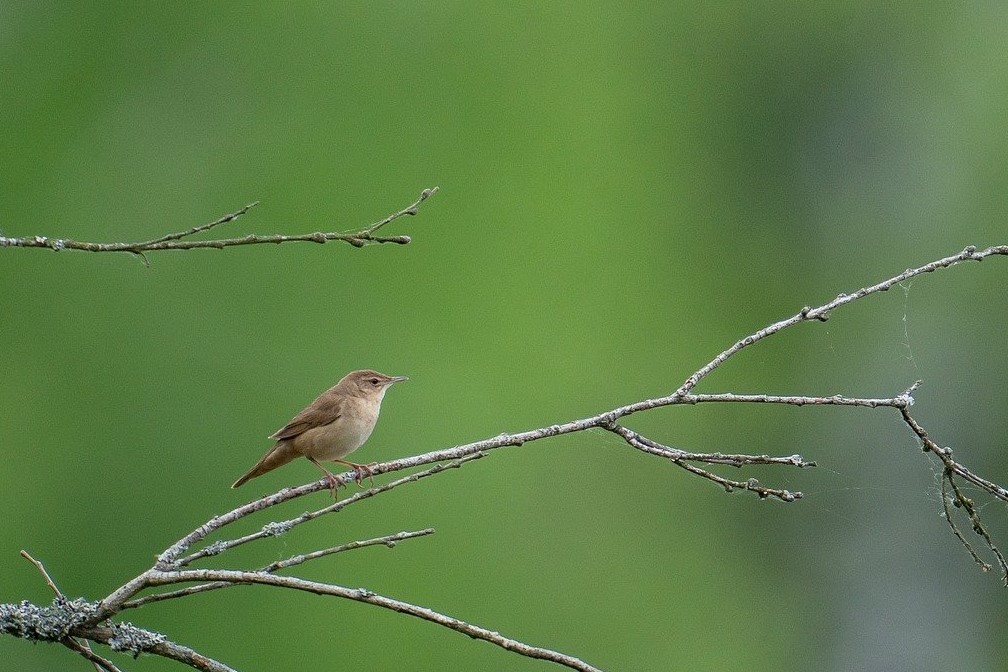Territory vegetation structure and habitat preferences of the Savi’s Warbler Locustella luscinioides in lake Tåkern, Sweden
DOI:
https://doi.org/10.34080/os.v23.22575Keywords:
habitat selection, conservation, immigrant speciesAbstract
Savi’s Warbler Locustella luscinioides has established as a nesting species in a few shallow reed lakes of southern Sweden during the last twenty years. Knowledge of the habitat requirements of a newly established species is important to maintain a viable population and design action plans. We examined the vegetation parameters in occupied territories of Savi’s Warblers at Lake Tåkern, the country’s stronghold for the species. We found association with the outer edge zones and fragmented areas of vegetation dominated by common reed Phragmites australis. Occupied territories differed from randomly chosen unoccupied (control) sites by having a thicker layer of basal litter, and on average more willow bushes (Salix spp.). Reed density and height did not differ between occupied territories and control sites. It is likely that the Tåkern population will continue to increase until it is limited by lack of willows or dense basal litter, the traits important for the establishment of territories. It is also likely that the species will continue to increase in Sweden as long as suitable reed habitats are left unaffected.
Downloads

Downloads
Published
How to Cite
Issue
Section
License
The copyright of each contribution belongs to the author(s), but all contributions are published under a Creative Commons license, so that anyone is free to share and reuse the contribution as long as the copyright holder is attributed.







